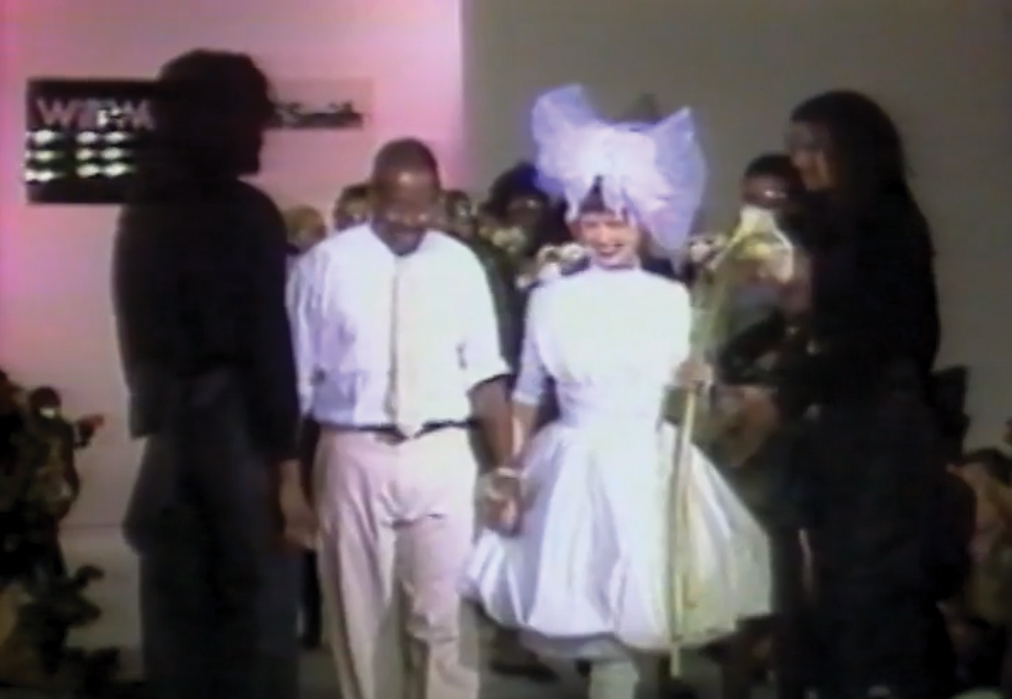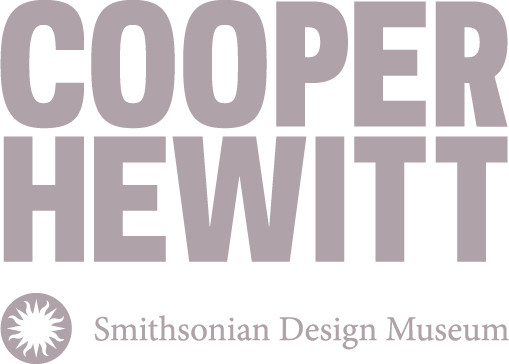 Willi Smith for WilliWear, Fall 1987 Presentation, 1987
Willi Smith for WilliWear, Fall 1987 Presentation, 1987Jeff Tweedy
I grew up in the tailoring business, learning about bespoke early on at Britches of Georgetowne in Washington, D.C. When I was maturing in the industry, there were very few people of color running any of the major fashion businesses. Even today, there are very few people of color running major fashion businesses. When I was at the Fashion Institute of Technology (FIT), I decided not to be a fashion designer but to learn the business. At first I wanted to be a great menswear designer. Jeffrey Banks, who helped me get into FIT, and Ralph Lauren will tell you that I eventually did not want anything to do with designing.
The good thing about my education was that I was taught everything about menswear and the fashion industry, from fabric, design, production, and cost to marketing and selling. Working at WilliWear influenced my understanding about the nuances of the fashion industry. Willi was always very encouraging and reinforced that I should know how the business operated if I really wanted to have longevity in this industry.
 Theatre National Daniel Sorano Dancers on Set, Expedition, Willi
Smith for WilliWear, Spring 1986 Collection, Photographed by Mark
Bozek, Dakar, Senegal, 1985
Theatre National Daniel Sorano Dancers on Set, Expedition, Willi
Smith for WilliWear, Spring 1986 Collection, Photographed by Mark
Bozek, Dakar, Senegal, 1985
When I worked at WilliWear from 1984 to ’86, I wanted to be Willi Smith so badly. I had little plastic horned French nonprescription glasses. Willi used to wear an oversized blazer and these big, thick, rubber, vibrant-soled shoes, and I had a pair of those. I think they were from Armani. I also coveted the feelings he expressed when he came back from Senegal after shooting Expedition; it was just this moment of happiness of discovering what Africa was all about. He was inspired by the individual style of the locals, realizing our people actually dressed up and wore suits every day instead of existing in the poverty-stricken image typically shown in the West. It changed his creative perspective on the 1985 collections and those after. At the time, designers weren’t going to Africa for inspiration, but he did, and it changed his work and his perception. I noticed he began to embed symbols in the clothing—his Positive/Negative collection included a white T-shirt with black print, and a black T-shirt with white print. It expressed to me how he saw the world: positive and positive. I felt the collection was his desire for the world to come together. He was so focused on the people we were designing for, the street culture, and the heritage of our people. He was inspired by the photography of Seydou Keïta and the figures of Mama Casset.
When we reflect back on who originated streetwear, it was Willi Smith. Remember, streetwear at the time didn’t have a negative connotation to it; everybody enjoyed it. The “streets” didn’t mean the gutter or urban or the ghetto. It just exemplified what people wanted to wear in their daily lives. Only when other companies started doing it, like Cross Colours and Karl Kani, did it become gangster-wear and rapper attire.
When we reflect back on who originated streetwear, it was Willi Smith. Remember, streetwear at the time didn’t have a negative connotation to it; everybody enjoyed it. The “streets” didn’t mean the gutter or urban or the ghetto. It just exemplified what people wanted to wear in their daily lives. Only when other companies started doing it, like Cross Colours and Karl Kani, did it become gangster-wear and rapper attire.

